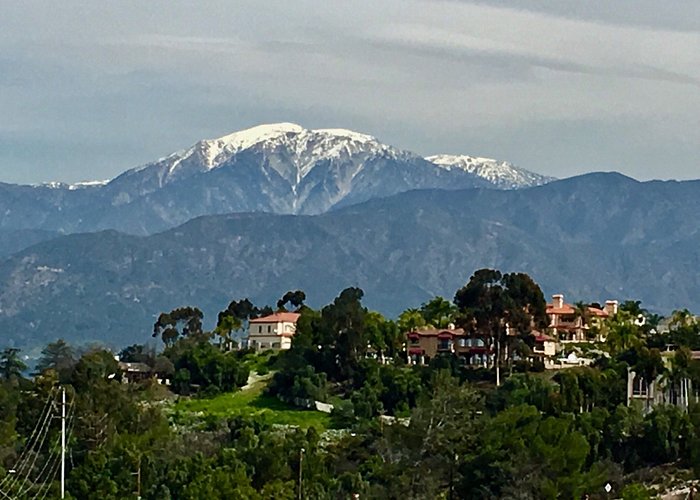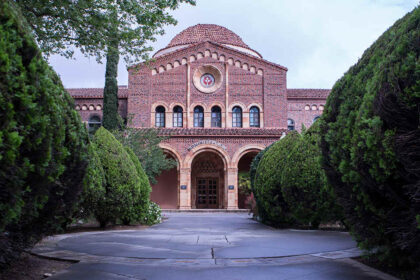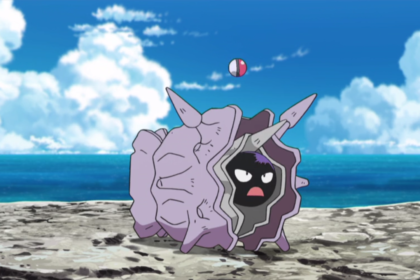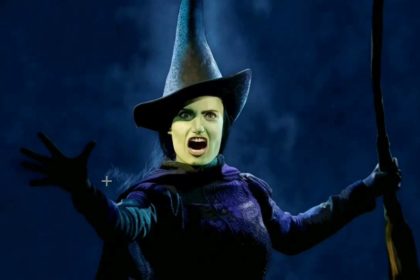San Dimas (Spanish for “Saint Dismas”) is a city in the San Gabriel Valley of Los Angeles County, California, United States. Take a look below for 15 amazing and fun facts about San Dimas, California, United States.
1. As of the 2010 census, the city had a total population of 33,371. The city historically took its name from San Dimas Canyon in the San Gabriel Mountains above the northern section of present-day San Dimas.
2. San Dimas is bordered by the San Gabriel Mountains range to the north, Glendora and Covina to the west, La Verne to its north and east side, Pomona to its south and east side, and Walnut to the southwest.
3. The first known European exploration of the area was in 1774, when Juan Bautista de Anza passed through on the first overland expedition of Las Californias, from New Spain-Mexico towards Monterey Bay.
4. The area was originally developed in 1837 with the Mexican land grant from Governor Juan Bautista Alvarado to Ygnacio Palomares and Ricardo Vejar for the Rancho San Jose, then in Alta California.
5. It later became known as La Cienega Mud Springs, so named because of local mud springs that created a riparian marsh and healing place.
6. Palomares and Vejar conducted sheep and cattle operations on Rancho San Jose, also growing crops for consumption by the residents of the rancho. In the early 1860s, a severe drought decimated the ranch’s population of sheep and cattle. Ygnacio Palomares died in 1864, and his widow began selling the ranch land in 1865.
7. Vejar lost his share by foreclosure to two Los Angeles merchants, Isaac Schlesinger and Hyman Tischler, in 1864. In 1866, Schlesinger and Tischler sold the ranch to Louis Phillips.
8. The arrival of the Los Angeles and San Gabriel Valley Railroad in 1887, later purchased by Santa Fe Railroad, led to La Cienega Mud Springs being first mapped.
9. The ensuing land boom resulted in the formation of the San Jose Ranch Company, which first laid out streets. Small businesses began to open soon thereafter, and the city took on a new name: San Dimas. Growth was rapid, and San Dimas soon became an agricultural community. Wheat and other Midwestern United States crops were planted first; then orange and lemon groves covered the town and the San Gabriel Valley.
10. At one time, four citrus packing houses and a marmalade factory were located in San Dimas. The Sunkist name originated here, first spelled “Sunkissed”. Oranges were the major crop and business in San Dimas until the mid-20th century.
11. San Dimas incorporated as a city in 1960, and is now known for its Western art, small-town feel, and equestrian qualities. In the 1990s, San Dimas was also host to the Miss Rodeo California State Pageant, run by A. F. “Shorty” Feldbush and various other city volunteers. The week-long pageant was held in conjunction with the city’s Western Days and Rodeo, until the pageant moved to its new home in central California.
12. In 1971, the San Dimas Golf Course was purchased. In 1972, San Dimas Community Hospital opened its 92-bed facility. In 1981, the San Dimas Swim and Racquet Club was built next to San Dimas High School, according to the San Dimas Historical Society.
13. A future extension of the Metro L Line, from its current terminus in Azusa to the City of Montclair in San Bernardino County, will include a station in downtown San Dimas. The station is not expected to be in service until 2026.
14. The Los Angeles County Sheriff’s Department provides law enforcement services for the city of San Dimas, and operates the San Dimas Station.
15. The Los Angeles County Fire Department provides fire protection services for the city of San Dimas.




